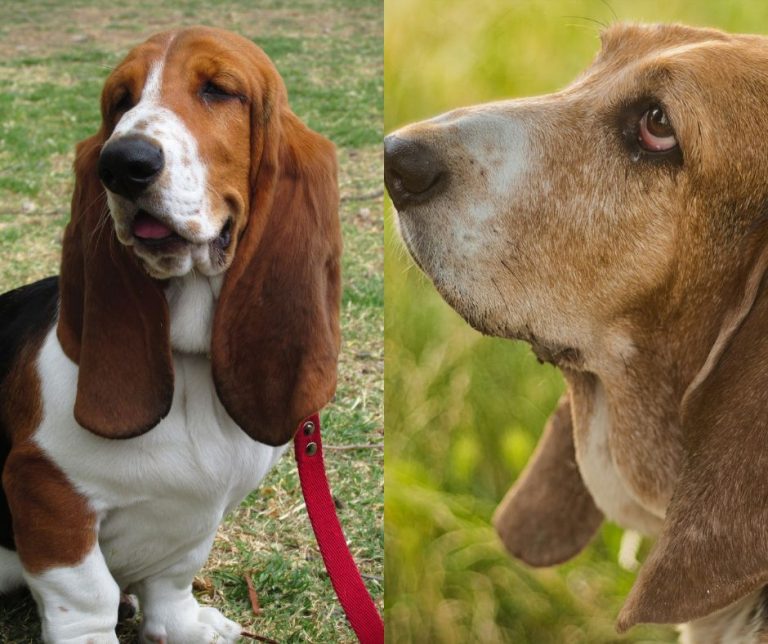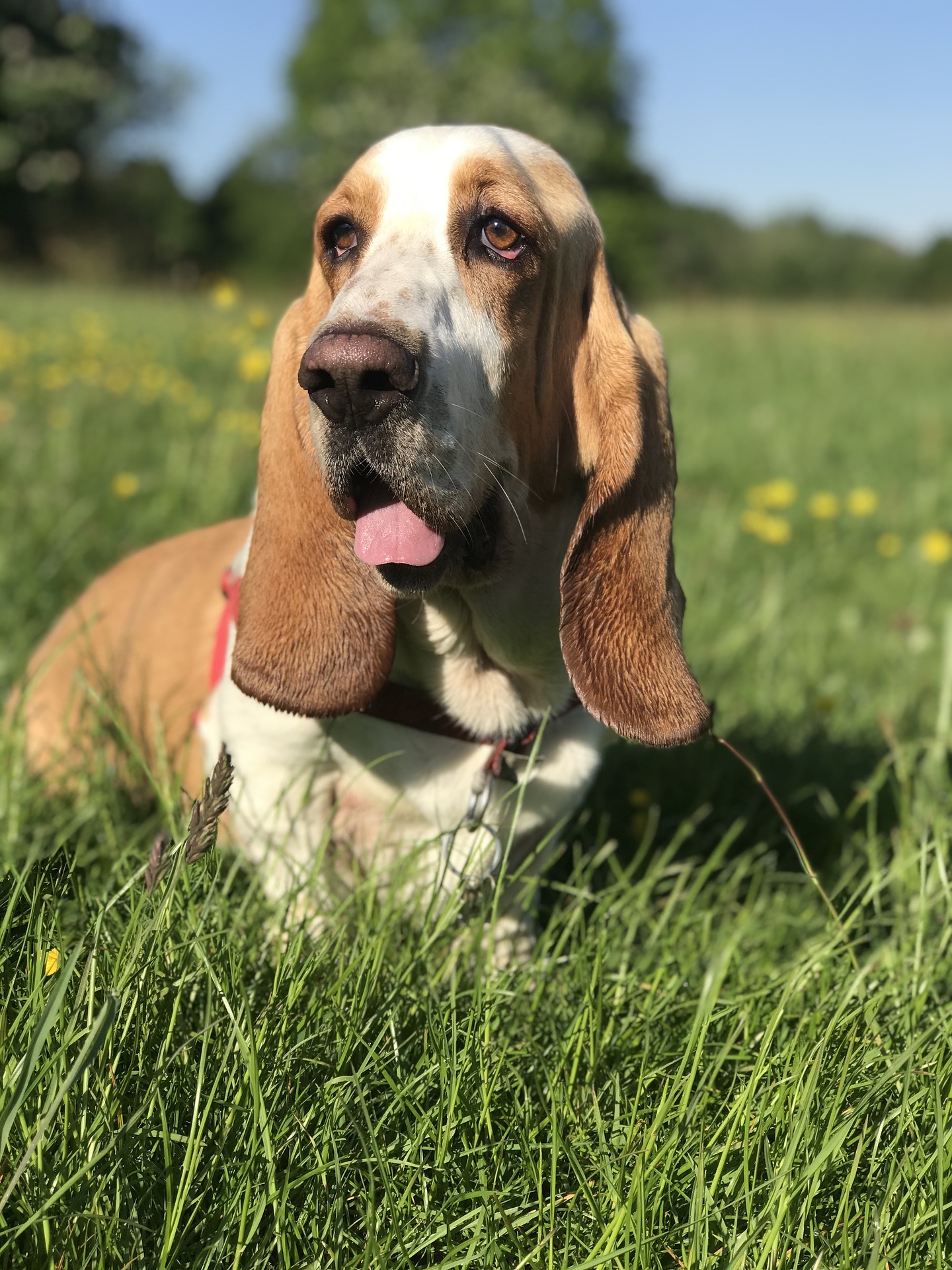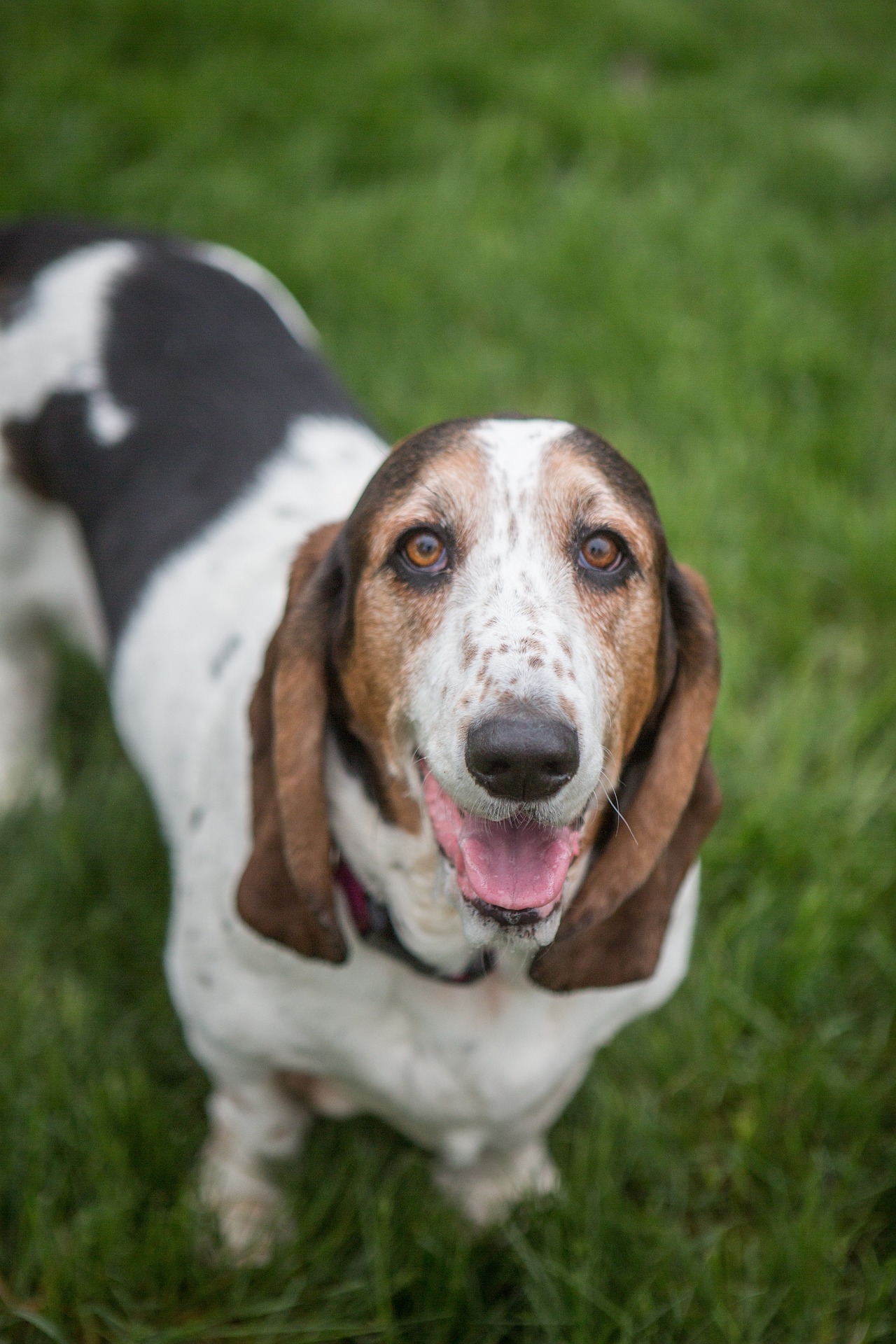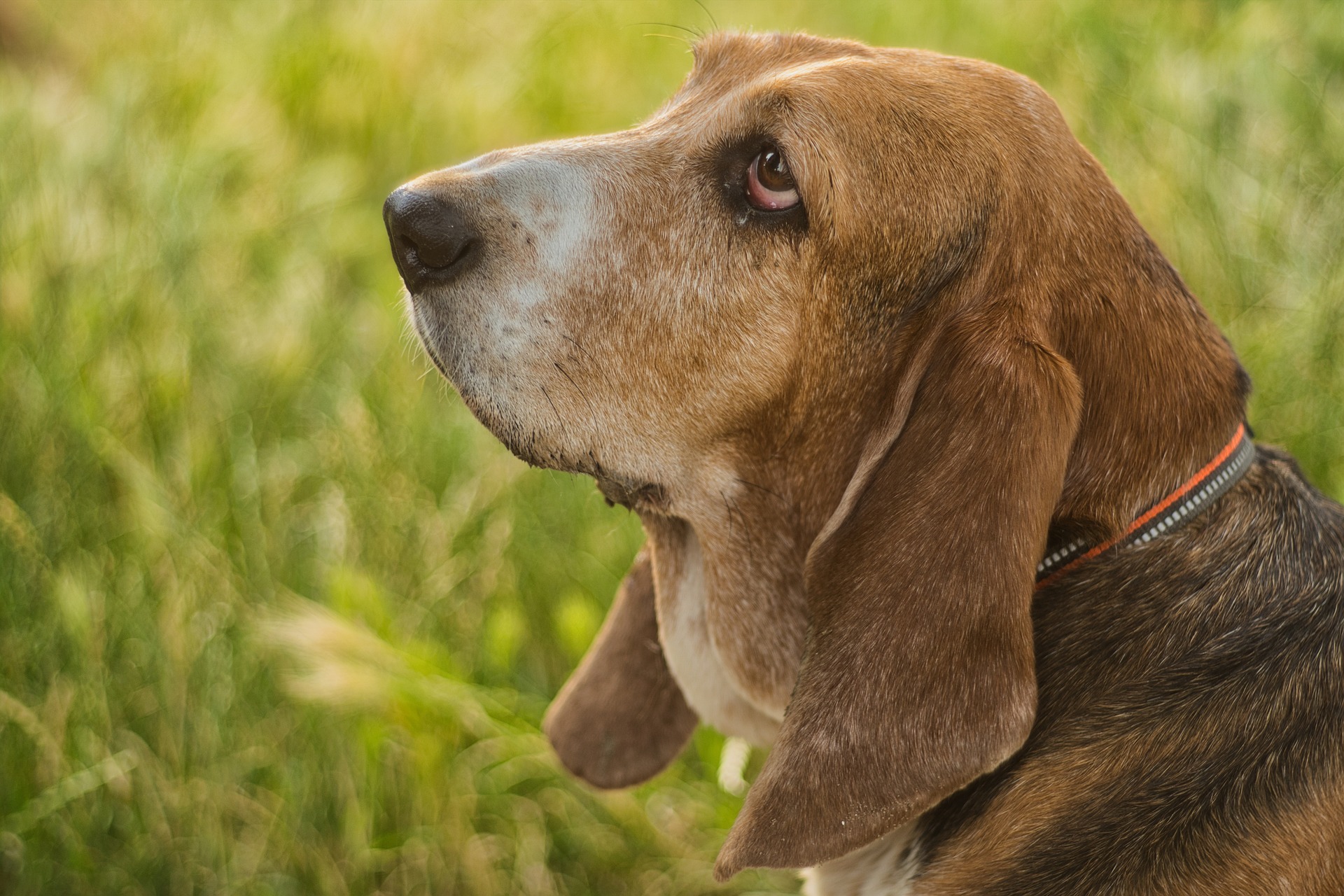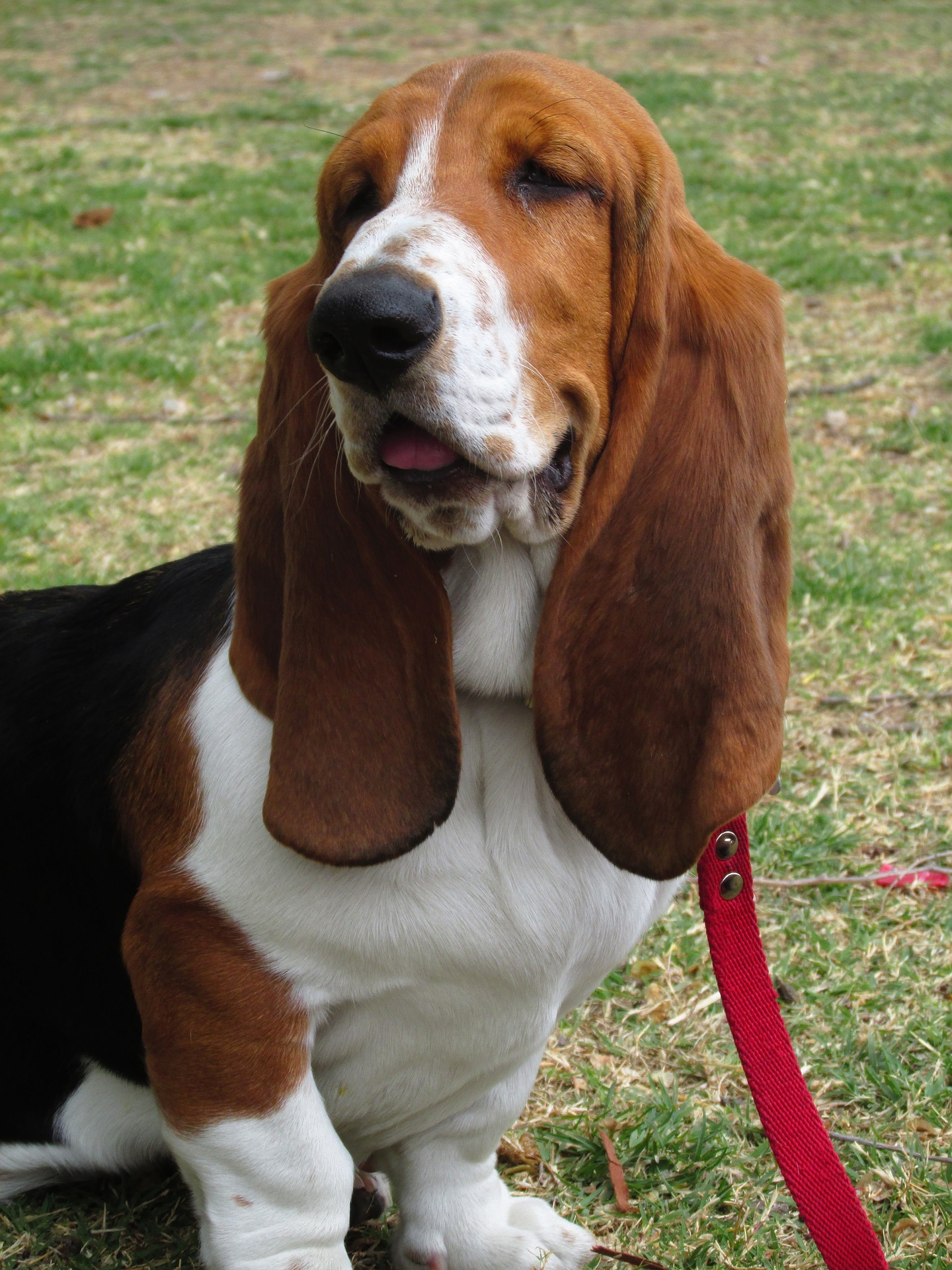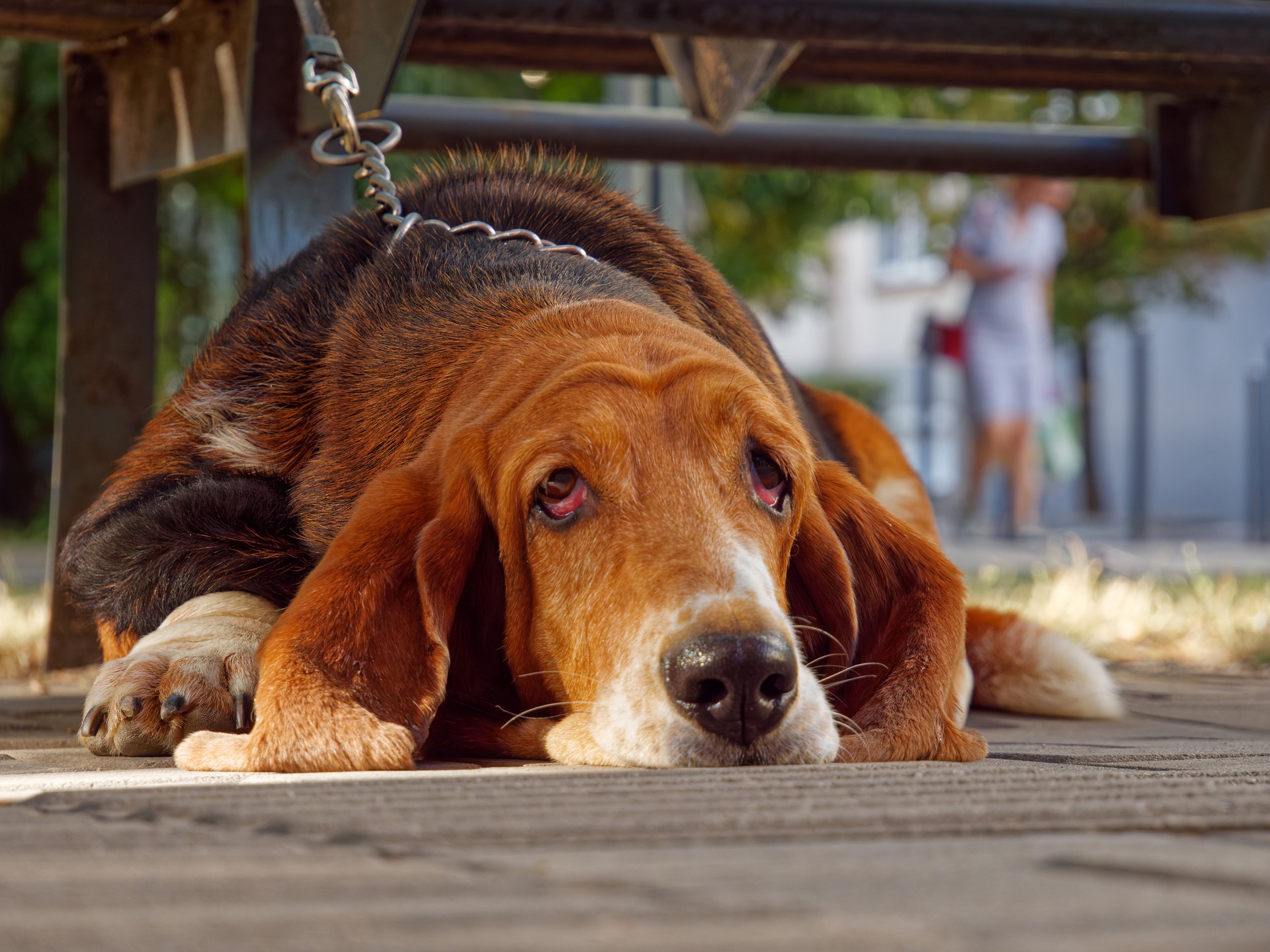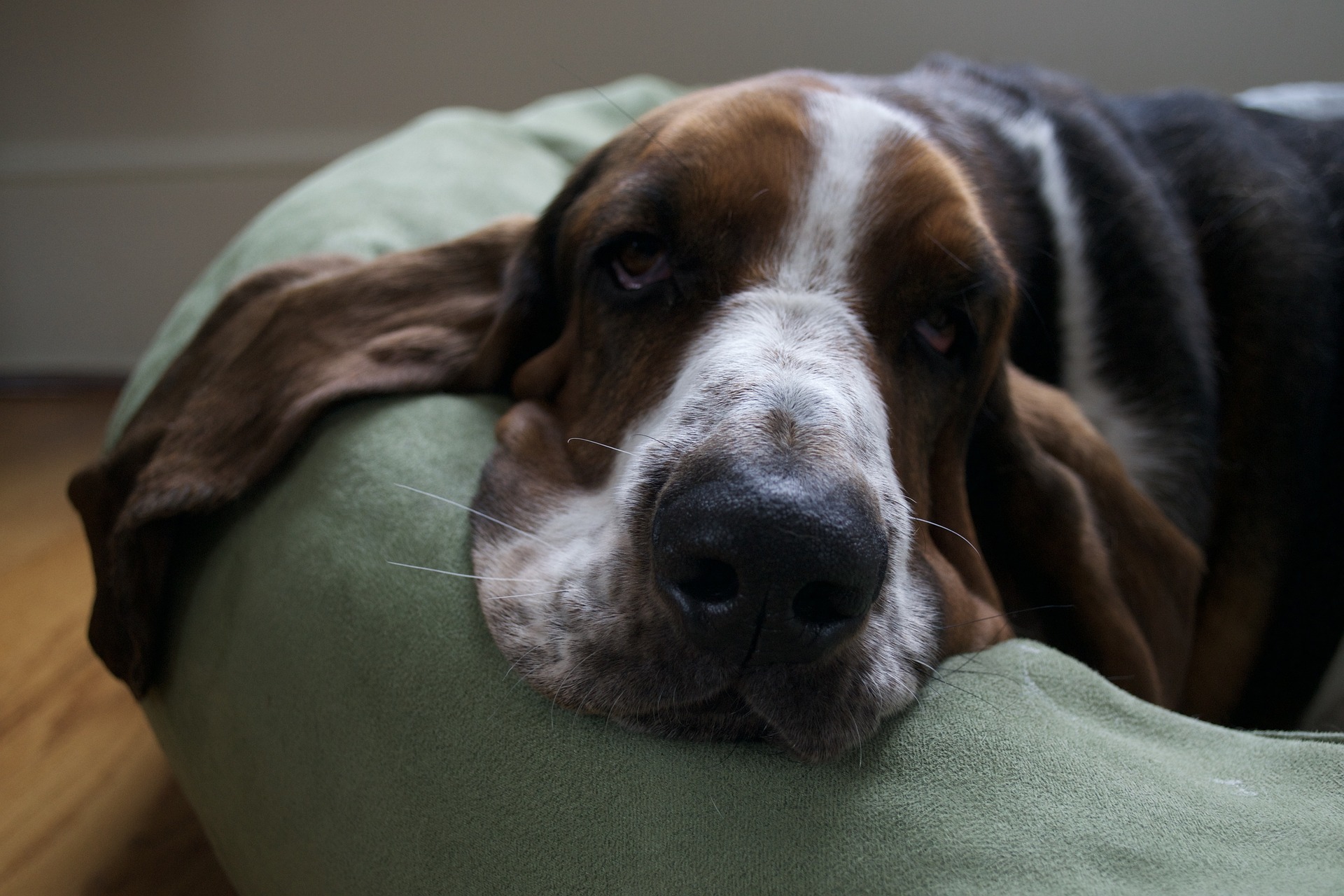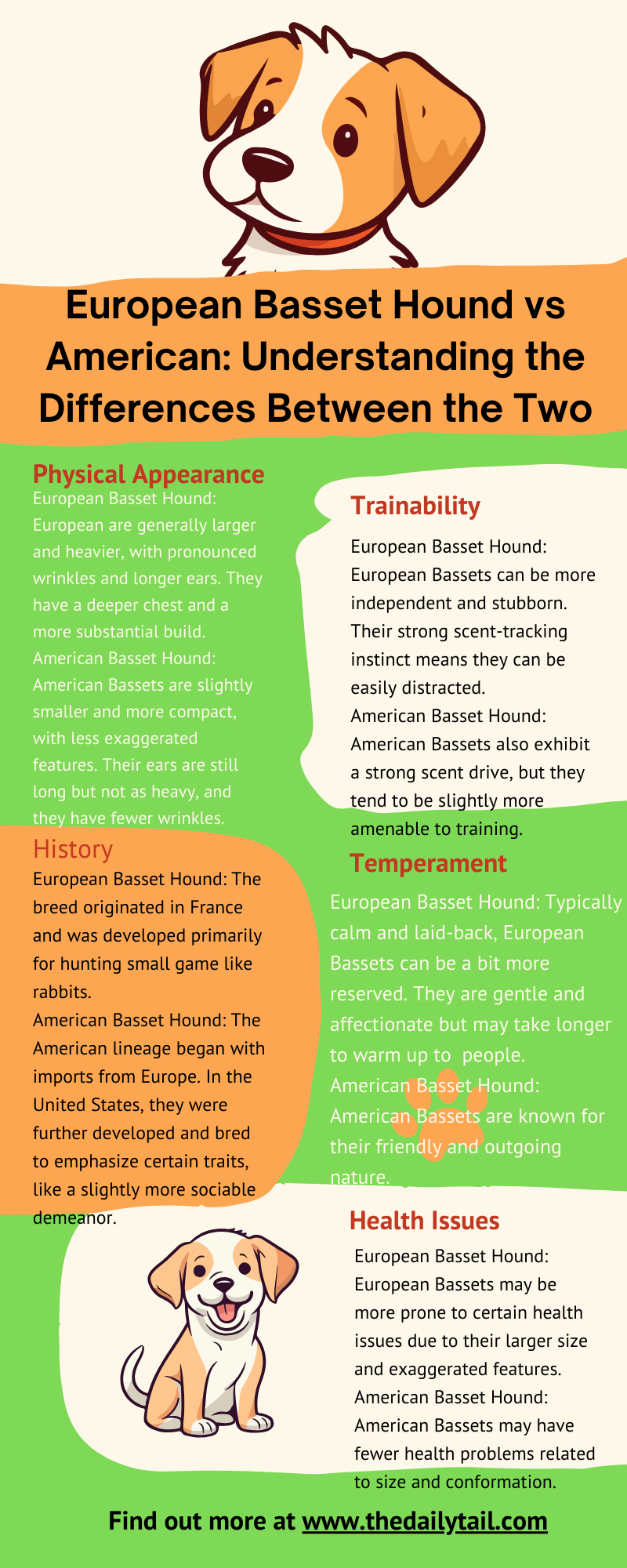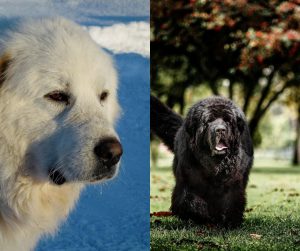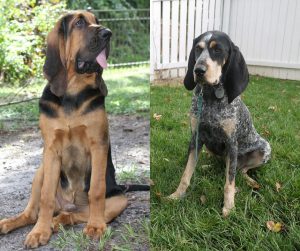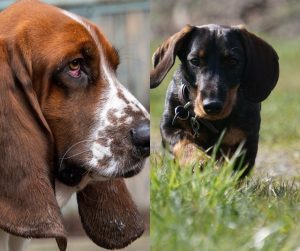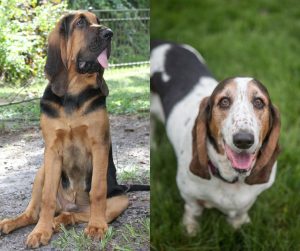The Basset Hound, a breed known for its exceptional tracking ability and distinctive appearance, comes in two main varieties: the European and the American Basset Hound. Both breeds share a common ancestry and a well-earned reputation for their keen sense of smell and amiable personality, yet they showcase unique differences.
The American Basset Hound, often celebrated for its versatility in various activities and pet-friendly nature, stands in contrast to its European cousin, which boasts a more relaxed demeanor and larger physique.
Understanding the distinctions between these two Basset Hound breeds is not just a matter of curiosity for potential dog owners; it holds practical significance when selecting a furry companion that best fits one’s lifestyle and environment.
The European Basset Hound tends to have a bulkier build with more skin folds, while the American variant is typically more compact and athletic, reflecting adaptations to varied living conditions and expectations on either side of the Atlantic.
Let’s take a deeper look into the European Basset Hound vs American Basset Hound dog breed comparison.
Key Takeaways
- European and American Basset Hounds differ in size, skin folds, and build due to breed-specific developments
- Their temperaments are distinct, with Europeans being more laid back and Americans more athletic
- Choosing between the breeds depends on compatibility with one’s lifestyle and care preferences
European Basset Hound vs American Breed Origins and History
Diving into the history of the European and American Basset Hounds reveals a fascinating tale of two paths diverging from common ancestry, reflecting the cultures and needs of their respective regions.
Ancestry and Lineage
The European Basset Hound’s story begins in the 6th century amid the luscious green of France. These dogs likely owe their lineage to the St Hubert Hound, ancestors to today’s Bloodhound, bred meticulously by monks at the Benedictine Abbey of St Hubert.
These scent hounds were engineered for their keen sense of smell and a build suitable for hunting through thick underbrush. As they were spread across Europe, they became favorites among French aristocracy. By the time of the French Revolution, the basset had become a dog for the common man as well.
The American counterpart has a more recent tale, with Lord Galway bringing the first basset hounds to England in 1866. They were later developed into the American Basset Hound we know today, with the first American Basset being recorded at the beginning of the 20th century.
They retained many of the same traits as their European cousins but adapted somewhat to different hunting environments and societal roles in the United States.
Development of Breeds in Different Regions
Over in Europe, the European Basset Hound puppy remained larger, heavyset with more pronounced skin folds, carrying forth the solemn and somewhat droopy expression characteristic of its kind. Their size and strength made them fit perfectly with the European hunting style which often involved traversing arduous terrains.
On the American side, the breed’s development took a slightly different route. These dogs were selectively bred to be a bit lighter, resulting in a breed that’s more energetic and enduring. They became just as much a family pet as a hunting companion, as American homes welcomed the breed’s friendliness and adaptability with open arms.
It’s this transatlantic voyage of sorts that lends the American Basset Hound and the European Basset Hound each their unique qualities. Bred for different terrains and times, they stand as two distinct pages in the broader basset hound history book.
Nowadays, the Basset Hound breed is in the same group as the Beagle, Bloodhound, Foxhound, and similar hound dog breeds.
European Basset Hound vs American Physical Characteristics
When comparing European and American Basset Hound puppy, one will notice significant differences in their physical characteristics. Let’s explore how these two close relatives measure up in terms of size, weight, and distinctive features.
Size and Weight Comparisons
European Basset Hounds generally tip the scales with a bit more heft. They are larger and heavier than their American friends. On average, a full-grown European Basset Hound might weigh anywhere from 50 to 70 pounds.
American Basset Hounds, in contrast, have a slightly leaner build. While they still possess the breed’s characteristic short legs and long body, they tend to be a bit lighter, with an average weight ranging from 40 to 60 pounds.
Both varieties share the distinctive low-to-the-ground silhouette, thanks to their short legs, which were initially bred for stamina in the field rather than speed.
Distinctive Features and Appearance
As far as looks go, the European Basset Hounds sport a more dramatic sag in their skin. Those expressive faces come with plenty of folds and wrinkles, especially around their faces, which can give them a mournful yet endearing expression.
They’ve got notably long droopy ears that can sweep the ground as they meander along, and their overall frame is quite a bit more substantial.
Moving on to the American Basset Hounds, while they too have a droopy eyes charm, their wrinkles are less pronounced. Their ears don’t quite make the same floor-grazing impression, but they are by no means short.
They carry a more athletic appearance, which is part of what makes them agile in the field.
So there you have it, the size and distinctive features of these two lovable hounds laid out for you. That trademark basset hound look? Both varieties have it in spades, but with their own regional twists that set them apart in the world of dog lovers.
Temperament and Personality
When considering a Basset Hound, their temperament and personality are pivotal traits that differentiate the European variety from its American cousin. While both are known for being loyal and pleasant companions, notable distinctions in their behavior and interaction with families are well worth exploring.
Behavioral Traits
European Basset Hounds are often described as gentle and laid-back. They carry a calm demeanor that reflects their suitability for a relaxed household setting.
Historically bred for hunting, they still retain a degree of stubbornness which may be observed during dog training sessions. They’re amiable, but one should be patient and consistent while training them.
On the contrary, the American Basset Hound tends to be more energetic and outgoing. Although they share the stubborn streak of their European relatives, their vivacity can translate into a more active engagement, possibly making them a bit more challenging but also fun to train.
Suitability with Families and Other Pets
Speaking of family life, both types of Basset Hounds exhibit a family-friendly nature.
European Baskets, with their relaxed attitude, tend to be wonderful around children and are known for their tolerance and gentle play. The size and strength of each dog should always be considered around very young children, ensuring safe interaction.
When it comes to other pets, Basset Hounds can be considered other pet-friendly, especially if they are socialized from an early age.
While the American Basset may show more playfulness, making them energetically companionable with other family pets, their European counterparts are usually able to coexist with them in a peaceful, gentle manner, albeit they might be less interested in playtime and more content with quiet cohabitation.
Health and Care Requirements
When it comes to the well-being of Basset Hounds, be they from Europe or America, knowing about their health and the care they need is crucial in keeping them happy and healthy for years to come.
Common Health Issues and Lifespan
Basset Hounds, regardless of their origin, share a susceptibility to certain health issues.
- Obesity: Due to their laid-back nature, they’re at risk of gaining too much weight, hence regular exercise is essential
- Joint problems: A common issue is hip and elbow dysplasia, which can cause discomfort and mobility issues
- Bloat: This serious condition requires immediate attention and can be life-threatening
The lifespan of a Basset Hound typically ranges anywhere from 10 to 12 years, which can be maximized with proper care and attention to their health needs.
Grooming and Maintenance Needs
When it comes to grooming and everyday care, there are some differences between the two:
- Shedding: Both shed fairly regularly, so frequent brushing is needed to manage loose hair
- Skin and Ear Infections: European Basset Hounds often have more wrinkles, which necessitates extra care. Cleaning their folds is essential to prevent skin infections. Their long, droopy ears also create an environment prone to ear infections, needing regular checks
Regular bathing is recommended for both breeds, with at least every two-weeks for the European variety to keep their skin healthy.
European Basset Hound vs Training and Exercise
When you bring a basset hound into your life, whether European or American, you’re signing up for a joyful but substantial training journey. These breeds may have differing exercise demands, and their training can come with unique challenges and rewards that are important for an owner to understand.
Adapting to Exercise Needs
European basset hounds are often laid back, and because of their larger size, one might mistake them for couch potatoes. However, they still require regular exercise to prevent obesity—a common issue in the breed.
On the other hand, American basset hounds are more athletic and compact, making them slightly more adaptable to active lifestyles.
- European Basset Hounds: Need moderate exercise; too much can strain their joints
- American Basset Hounds: Can enjoy slightly more vigorous activities
For both dog breeds, daily walks and playtime can keep those tails wagging and minds engaged. Remember, they might get easily distracted by all the smells during a walk—patience is key!
Training Challenges and Rewards
Training a basset hound, American or European, comes with its set of challenges. They can be stubborn and might test your limits, especially when they catch an interesting scent.
However, the rewards of training these lovable pups are plentiful:
- Trainability: Notoriously independent; positive reinforcement works wonders
- First-time Dog Owners: Might face a steeper learning curve but will find a loyal companion in a basset
Consistent, firm, and gentle guidance works best. They may not be the poster children for obedience, but with time and patience, they’ll be eager to learn new tricks—especially if treats are on the line.
Training also offers valuable mental stimulation, keeping their sharp noses out of trouble.
Whether a novice or a seasoned dog owner, one will find joy in the unique character each basset hound brings to a dog training session.
Basset Hound Popularity
Basset Hounds have a charm that has captured the hearts of dog lovers worldwide. Their distinct appearance and affable personalities contribute to their consistent popularity.
Influence of Kennel Clubs and Registrations
Kennel clubs play a pivotal role in a breed’s popularity. The American Kennel Club (AKC) is a primary influencer in the United States, setting breed standards and offering registrations.
For the Basset Hound, these standards differ slightly between the European and American varieties, influencing breeders’ preferences and the dogs’ prominence in different regions.
Registrations through kennel clubs offer a glimpse into the popularity, with the Basset Hound maintaining a steady presence in the AKC’s breed rankings.
Trends and Popularity Shifts
Social media has a surprising effect on breed popularity. Dogs with distinctive traits, like the Basset Hound’s long ears and soulful eyes, often become viral sensations.
However, it’s essential to note that trends can lead to quick shifts in popularity which may not always benefit the breed. In response to interesting trends, kennel clubs and responsible breeders often address common concerns such as health and temperament to maintain the integrity of the breed.
These popularity factors offer insight into the world of Basset Hounds and the influences that shape their status as cherished companions.
Lifestyle Considerations
When choosing between a European and American Basset Hound, it’s key to reflect on your living situation and the level of commitment you’re ready to invest.
Each breed brings its own unique set of needs in terms of space, financial responsibility, and emotional connection.
Living Arrangements and Adaptability
European Basset Hounds, with their compact size, may often be more adaptable to apartment living than their American counterparts.
When considering apartment life, remember that Basset Hounds do express themselves vocally.
While they might not be the tallest dogs, they need a bit of room to roam and are happiest when they have a cozy corner with their favorite toys and a ramp to help them onto the sofa.
These dogs also crave companionship and can develop separation anxiety if left alone for extended periods. Exercise is crucial for both breeds—regular walks and scent work can help keep them relaxed and content.
Costs and Commitment
Caring for a pet brings joy, but it also involves expenses and a significant commitment of time and resources.
European Basset Hound dogs can be a bit more demanding in terms of time due to their grooming needs. Their wrinkles require regular cleaning to prevent infections.
Additionally, veterinarian visits, quality food aligned with their diet requirements, and ongoing costs such as toys should be factored into the cost of ownership.
American Basset Hounds, typically having a more athletic build, might incur more food expenses and require fitness-related toys to keep them engaged.
Regardless of the type, they both share a loving and independent streak, but they’ll need your time and affection.
Whether you’re looking for a watchdog or a four-legged member of the family that’s suitable for scent work and companionship, both breeds need your attention and care.

